How Digital Camera Work ?
A digital camera works by capturing light through a lens and converting it into an electronic signal. This signal is then processed by an image sensor, typically a charge-coupled device (CCD) or a complementary metal-oxide-semiconductor (CMOS) sensor. The image sensor converts the light into digital data, which is then stored in a memory card or internal storage.
The camera's processor processes the digital data and applies various adjustments, such as white balance, exposure, and color correction. The processed image is then displayed on the camera's LCD screen or electronic viewfinder. Additionally, the camera may have various settings and features that allow users to control aspects like focus, shutter speed, and aperture.
Once the image is captured, it can be transferred to a computer or other devices for further editing or sharing. Digital cameras have revolutionized photography by eliminating the need for film and allowing instant preview and sharing of images.
1、 Image Capture: Light enters through the lens and hits the image sensor.
How digital cameras work has evolved significantly over the years, but the fundamental principle remains the same. Image capture is the core function of a digital camera, and it involves the process of light entering through the lens and hitting the image sensor.
The lens of a digital camera acts similarly to the lens of a traditional film camera. It focuses the incoming light onto the image sensor, which is a crucial component in capturing the image. The image sensor is made up of millions of tiny light-sensitive pixels that convert the light into electrical signals.
In the past, image sensors were primarily based on charge-coupled device (CCD) technology. However, in recent years, complementary metal-oxide-semiconductor (CMOS) sensors have become more prevalent due to their lower power consumption and faster readout speeds. CMOS sensors use an array of transistors to amplify and convert the light signals into digital data.
Once the light is converted into electrical signals, the camera's image processor takes over. The image processor performs various tasks, such as noise reduction, color correction, and compression. It also processes the data from the image sensor to create a digital image file.
The digital image file is then stored on a memory card or internal storage within the camera. It can be accessed and transferred to other devices for viewing, editing, or sharing.
In recent years, advancements in digital camera technology have led to the integration of additional features and capabilities. These include higher resolution sensors, improved low-light performance, faster autofocus systems, and advanced image stabilization techniques. Additionally, many digital cameras now offer connectivity options such as Wi-Fi or Bluetooth, allowing for seamless transfer of images to smartphones or other devices.
Overall, the process of how digital cameras work revolves around the fundamental concept of capturing light through a lens and converting it into digital data using an image sensor. The continuous advancements in technology have made digital cameras more versatile, user-friendly, and capable of producing high-quality images.
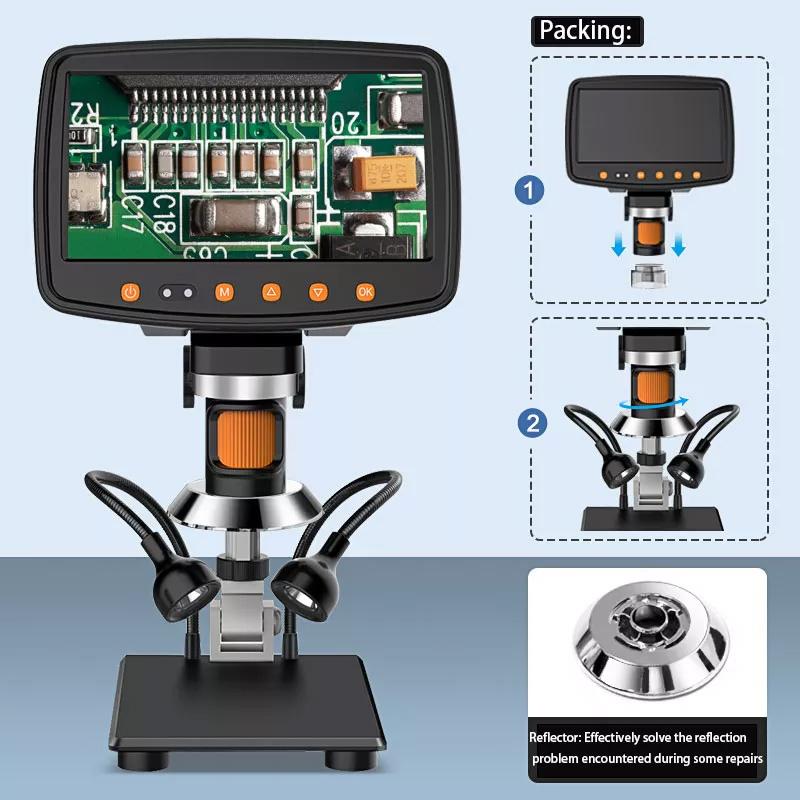
2、 Image Processing: Sensor converts light into digital data.
How digital cameras work can be explained through the process of image processing. The main component of a digital camera is the image sensor, which converts light into digital data. When light enters the camera through the lens, it falls onto the image sensor, which is made up of millions of tiny photosensitive elements called pixels.
Each pixel on the sensor measures the intensity of light that falls on it and converts it into an electrical signal. This signal is then processed by the camera's image processor, which applies various algorithms to enhance the image quality. These algorithms can include noise reduction, color correction, and sharpening.
The processed digital data is then stored in the camera's memory card as a digital image file. This file can be further edited or transferred to a computer for viewing or printing.
In recent years, there have been advancements in digital camera technology. One notable development is the use of back-illuminated sensors, which improve low-light performance by allowing more light to reach the pixels. Additionally, cameras now often include built-in image stabilization systems to reduce blur caused by camera shake.
Furthermore, the image processing capabilities of digital cameras have become more sophisticated. Many cameras now offer features such as face detection, HDR (High Dynamic Range) imaging, and even computational photography techniques like image stacking and focus stacking.
Overall, digital cameras have revolutionized the way we capture and process images. They have become more compact, affordable, and capable of producing high-quality photographs. With ongoing advancements in technology, we can expect even more exciting developments in the future of digital photography.

3、 Storage: Data is stored on a memory card or internal storage.
How digital cameras work can be explained in several steps. First, light enters through the camera lens and passes through a series of optical elements, such as lenses and filters, which help focus and control the amount of light reaching the image sensor. The image sensor, typically a charge-coupled device (CCD) or a complementary metal-oxide-semiconductor (CMOS) sensor, converts the light into electrical signals.
These electrical signals are then processed by the camera's image processor, which applies various algorithms to enhance the image quality, adjust colors, and reduce noise. The image processor also handles other functions like autofocus and exposure control.
Once the image is processed, it is stored in the camera's memory. In modern digital cameras, data is typically stored on a memory card or internal storage. Memory cards come in various formats, such as Secure Digital (SD) or CompactFlash (CF), and have different capacities to hold a certain number of images.
The latest point of view in digital camera storage is the increasing use of high-capacity memory cards and the adoption of faster data transfer protocols. This allows for larger image files, such as RAW format, to be stored without running out of space quickly. Additionally, some cameras now offer the option to store images simultaneously on multiple memory cards for redundancy and backup purposes.
Furthermore, advancements in wireless technology have enabled cameras to connect to smartphones or cloud storage services, providing additional storage options and easy sharing of images.
In conclusion, digital cameras capture light through lenses, convert it into electrical signals using image sensors, process the signals with an image processor, and store the resulting image data on memory cards or internal storage. The latest developments include higher-capacity memory cards, faster data transfer protocols, and wireless connectivity for expanded storage options.

4、 Display: Digital data is displayed on the camera's LCD screen.
How digital cameras work has revolutionized the way we capture and store images. Unlike traditional film cameras, digital cameras use electronic sensors to capture light and convert it into digital data. This data is then processed and stored in various formats, such as JPEG or RAW, allowing for easy transfer and manipulation.
The process begins with the camera's lens, which focuses light onto the image sensor. The image sensor is made up of millions of tiny photosensitive cells called pixels. Each pixel measures the intensity of light that falls on it and converts it into an electrical signal. These signals are then processed by the camera's image processor, which applies various algorithms to enhance the image quality.
Once the image is processed, it is stored in the camera's memory card or internal storage. This digital data can be easily transferred to a computer or other devices for further editing or sharing. The camera's LCD screen plays a crucial role in this process. It displays the digital data captured by the image sensor, allowing photographers to preview and review their shots. The LCD screen also provides a user-friendly interface for adjusting camera settings and navigating through menus.
In recent years, digital cameras have seen significant advancements. Higher resolution sensors, improved image processors, and advanced autofocus systems have all contributed to better image quality and faster performance. Additionally, many cameras now offer wireless connectivity, allowing for seamless transfer of images to smartphones or other devices.
Overall, digital cameras have revolutionized photography by providing instant feedback, easy storage, and endless creative possibilities. The continuous advancements in technology ensure that digital cameras will continue to evolve and improve, enabling photographers to capture and share their vision with the world.














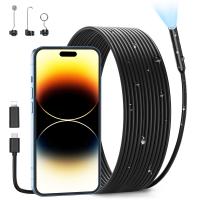


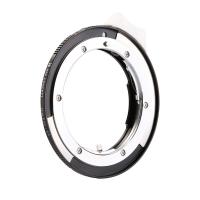
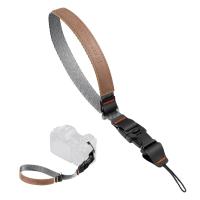

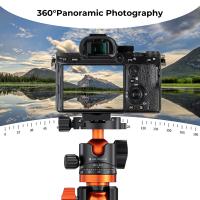
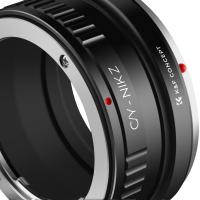


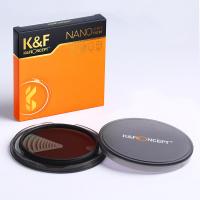




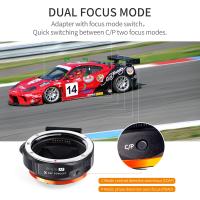
There are no comments for this blog.